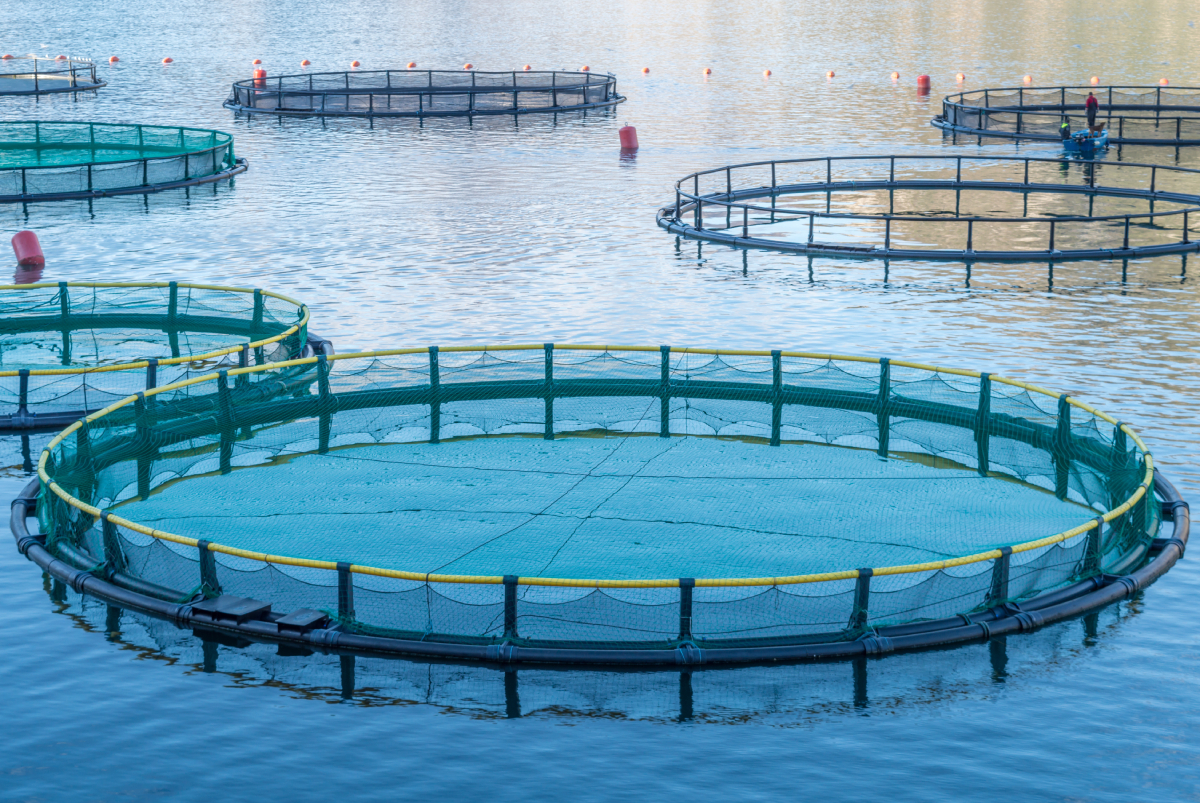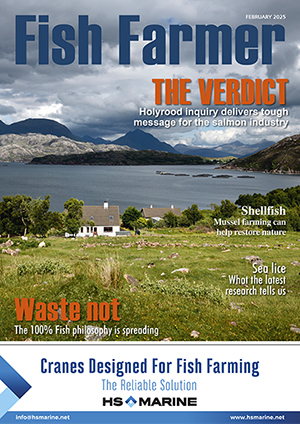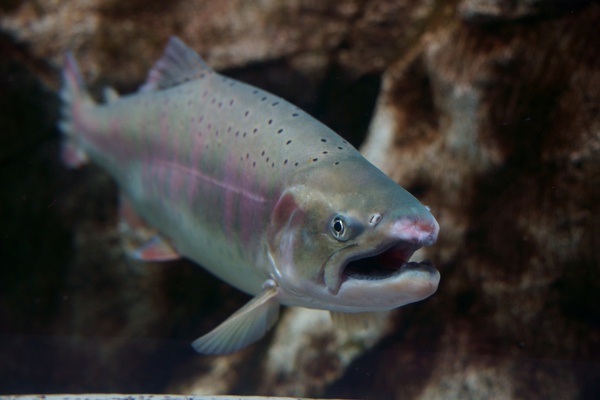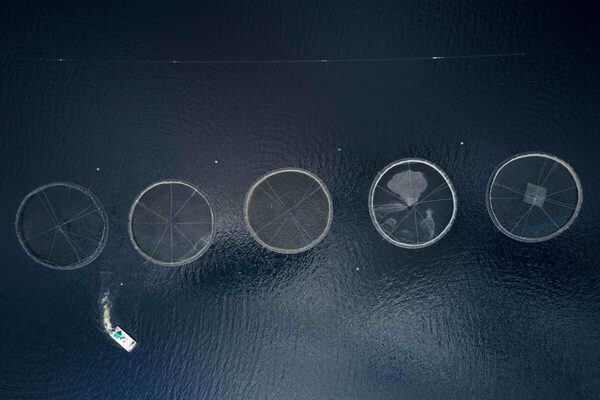Anti-fouling agent sparks concerns
A new environmental toxin has been found in farmed salmon in Norway, but for the moment the authorities are keeping an open mind on what action to take because the amounts are so small.

A new environmental toxin has been found in farmed salmon in Norway, but for the moment the authorities are keeping an open mind on what action to take because the amounts are so small.
The substance is the anti-fouling agent tralopyril – also known commercially as ECONEA – which is being used to replace copper in the cages as a non-metal paint.
Bjørn Einar Grøsvik, a researcher with the Norwegian Institute of Marine Research (IMR), said: “The substance was found during laboratory tests and the amounts were only just above what could be measured.”
Nevertheless, he feels the discovery is worrying and should be taken seriously. The IMR is recommending that maximum residue levels (MRLs) need to be set for tralopyril, as they have already been for other agents.
“This is a substance that does not exist in nature in the first place, and there are also no set limit values for how much of it is acceptable in foodstuffs or ingredients used in animal feed,” Grøsvik added.
He compares tralopyril with other agents used by the farming industry, such as various drugs against salmon lice.
He said: “Such drugs can be found in small quantities in fillets, but limit values have been introduced for these substances where calculations have been made of how much is acceptable in terms of food safety.”
He explained there were large gaps in knowledge about tralopyril today, but in its risk assessment of the substance from 2023, refers to one study carried out on rats.
This showed that the levels found in salmon were significantly lower than the levels that had a health effect in rats.
But he pointed out that the substance was not found in nature and there were no set limits on how much was acceptable in foodstuffs.
Tralopyril can probably have a negative effect on the gills of the salmon , the IMR believes, explaining that farmed salmon probably ingest the substance when the fish that are exposed to it "bleed" the excess of the substance into the water.
This is shown by an experiment at the IMR, where the findings have not yet been scientifically published.
“If there is poor water replacement, in unfortunate circumstances one may find that the amount of tralopyril is concentrated to a level above lethal for fish inside a cage,” says Grøsvik.
Tralopyril inhibits the function and energy production of the mitochondria in the cells, which prevents energy uptake and leads to oxidative stress.
This makes the researchers suspect that the substance may have a negative effect on the health of the fish’s gills.
“We have not been able to investigate this yet, but it may be close to believe that when the fish swim around in high concentrations, it will affect the gills negatively, he added.




